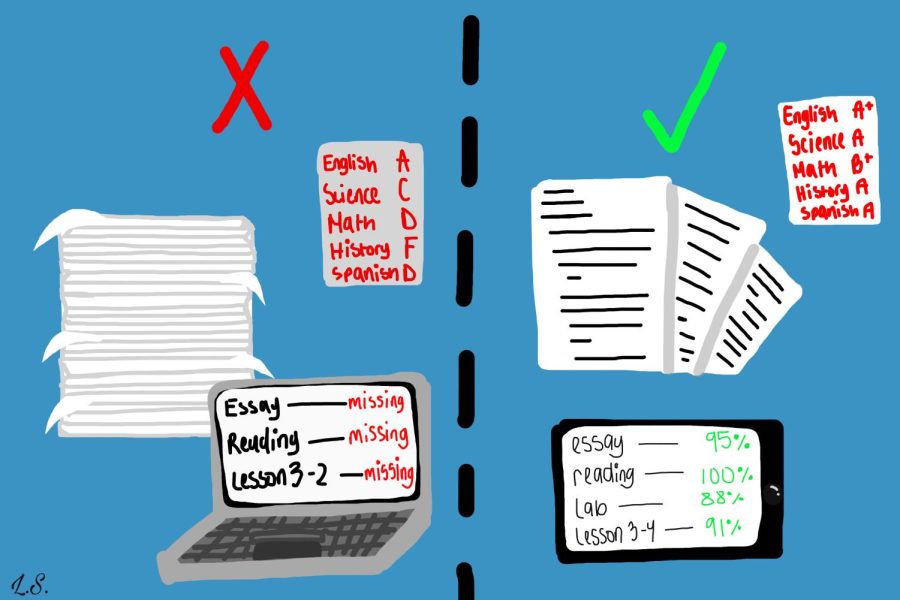How to Finish a Research Proposal in a Short Time: A Comprehensive Guide|2025
/in General Articles /by BesttutorLearn how to finish a research proposal in a short time: A comprehensive guide with practical tips for planning, writing, and organizing your proposal efficiently while meeting academic standards.
Finishing a research proposal in a short time can be a challenging task, especially when balancing other academic or personal responsibilities. However, with effective time management, clear organization, and a structured approach, it is possible to craft a high-quality research proposal even under tight deadlines. This paper will guide you through how to efficiently complete a research proposal in a short period, providing step-by-step advice and practical tips.
Table of Contents
ToggleUnderstanding the Research Proposal
A research proposal is a document that presents a detailed plan for a research project. It outlines the objectives of the study, the methodology to be used, and the significance of the proposed research. A well-written research proposal should demonstrate the feasibility and importance of the project, persuading the reader to approve it for funding, academic credit, or publication.
In most cases, the research proposal includes several key components: the introduction, literature review, research questions or hypotheses, methodology, expected results, and references. Below, we will explore each section in detail and discuss strategies for completing them in a limited time.
Step-by-Step Guide to Writing a Research Proposal in a Short Time
1. Prepare in Advance: Gather Materials and Resources
Before diving into writing the proposal itself, it is essential to gather all the necessary resources and materials. Collect relevant research articles, books, and any guidelines provided by your institution or funding agency. If you need a research proposal format or specific examples, search for them in advance. For example, you can find a sample research proposal PDF or a student research proposal example PDF online, which will provide a clear understanding of the structure and expectations.
Additionally, make sure you have access to the tools and software required for formatting your proposal, such as a word processor, citation manager, and a reliable internet connection to access databases.
2. Create a Detailed Outline
One of the most important steps when working under time constraints is to organize your thoughts. A detailed outline will help streamline the writing process by giving you a clear roadmap to follow. Your outline should include the following sections:
- Introduction: A brief overview of your research topic, objectives, and the significance of the study.
- Literature Review: A summary of key research in your area of interest, identifying gaps that your study will address.
- Research Questions/Hypotheses: Clearly state the questions or hypotheses your research will explore.
- Methodology: A description of the methods you plan to use to collect and analyze data.
- Expected Results and Contribution: Briefly discuss the anticipated outcomes of the research and its impact on the field.
- References: A list of the key sources you will cite throughout your proposal.
By having an outline, you can avoid wasting time on figuring out what to write next. The outline acts as a framework that ensures you cover all necessary points and helps you move quickly from one section to the next.
3. Focus on the Key Sections First
Since you are working under time pressure, it is important to prioritize certain sections that will require the most thought and effort. These typically include the introduction, literature review, and methodology. By focusing on these sections first, you can ensure that the core components of the proposal are solid, even if you have to make adjustments later.
Introduction
The introduction should succinctly explain the purpose of your research. Start by providing context for the topic and briefly introduce the problem or question you are addressing. Then, articulate why the research is important. You can use a research proposal example to see how others have structured their introductions. Avoid writing an excessively long introduction; aim for clarity and conciseness. Ideally, this section should be completed within an hour if you stay focused.
Literature Review
The literature review provides background information on the research topic and shows that you are aware of existing studies. It is not necessary to conduct an exhaustive review, especially when time is limited. Instead, select key articles that are highly relevant to your research. You can use sample research proposal PDFs to see how literature reviews are typically structured and presented.
In your literature review, be sure to summarize the findings of each study you discuss, highlighting any gaps in the research that your study aims to fill. Focus on presenting the most relevant and current research available.
Methodology
The methodology section is critical in demonstrating that your research is feasible and well-planned. Describe the research design, the methods you will use to collect data (e.g., surveys, interviews, experiments), and the techniques for analyzing the data. If you are unsure of what to include, look for research proposal examples for students, which can show you different approaches to presenting the methodology.
Be specific about the tools and techniques you plan to use, and explain why these methods are the best fit for your research. If time permits, add a brief discussion on the potential limitations of your methodology and how you plan to address them.
4. Write the Other Sections Efficiently
Once the key sections are done, you can proceed with the remaining components of the proposal.
Research Questions or Hypotheses
This section will not require much time. You only need to clearly articulate the central research question(s) or hypotheses. These should be directly related to the research problem and should be specific enough to guide your study.
Expected Results
In this section, you should briefly discuss the anticipated outcomes of your research. This part is often speculative, as you will not have collected data yet. However, you can suggest what you expect to find based on existing research and the methodology you are using. Keep it concise, and remember that this section is not a place to over-explain.
References
Finally, make sure to cite all the sources you referenced in your proposal. Use a citation manager like Zotero or EndNote to help you manage and format your references quickly. You can also find sample research proposal PDFs with correctly formatted references, which can serve as examples when finalizing your bibliography.
5. Revise and Edit Efficiently
After completing your first draft, take time to revise and refine your proposal. While it may be tempting to skip this step when time is short, revision is crucial to improving clarity and coherence. Here are some revision tips:
- Read through the entire proposal: Ensure that it flows logically from one section to the next.
- Check for clarity: Make sure each section is clear and concise. Avoid jargon or overly complex language.
- Verify structure and formatting: Ensure that your proposal follows the correct format and meets all submission guidelines.
- Proofread for errors: Look for spelling, grammar, and punctuation mistakes. Read through your work carefully, or use a grammar checker to catch errors.
If you are pressed for time, focus on the most critical sections like the introduction, methodology, and literature review. These are the areas that will most likely impact the success of your proposal.
6. Use Time Management Strategies
To maximize efficiency, you should manage your time wisely. Set specific time limits for each section of the proposal, and stick to them. For example, allocate one hour for the introduction, one hour for the literature review, and so on. Take short breaks between sections to stay fresh and avoid burnout.
If you have only a few hours to complete your proposal, prioritize completing the core sections first, and leave the less critical elements (such as the expected results) for later. This way, you ensure that the most important aspects of your proposal are finished, even if you run out of time.
7. Leverage Available Resources
If you’re working under a tight deadline, don’t hesitate to use available resources to help you complete your proposal. Look for student research proposal examples that can guide you in structuring your work. Additionally, many universities provide research proposal templates or guidelines, which can speed up the process.
If you are unsure about certain aspects of your proposal, seek quick feedback from a mentor or peer who can provide guidance and suggestions. They may catch errors or offer valuable insights to improve your proposal.
Conclusion
Completing a research proposal in a short time is definitely possible with the right approach. By preparing in advance, focusing on the key sections, using time management strategies, and leveraging available resources, you can efficiently write a strong research proposal even under time pressure. Remember to stay focused, avoid distractions, and prioritize clarity over perfection. With practice, you’ll be able to write research proposals more quickly and effectively, regardless of the deadline.
Needs help with similar assignment?
We are available 24x7 to deliver the best services and assignment ready within 3-4 hours? Order a custom-written, plagiarism-free paper





